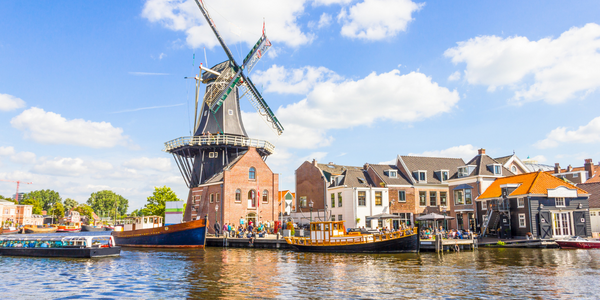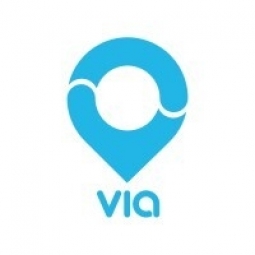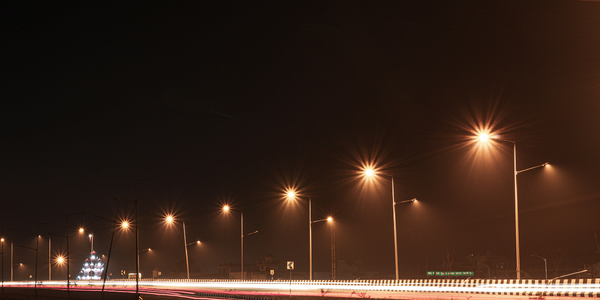适用行业
- 城市与自治市
- 运输
用例
- 公共交通管理
- 智慧城市运营
关于客户
Edmonton On Demand 的客户是埃德蒙顿市的居民,特别是居住在最初推出该服务的 30 个社区和 18 个大型高级住宅的居民。其中包括 Westridge — Rio Terrace- Quesnell Heights、Edgemont 和 Big Lake — Northwest Industrial 等社区。该服务旨在提供更便捷的高频线路连接和前往当地目的地的便捷交通,满足城市居民的多样化需求。该服务在持续的 COVID-19 大流行期间特别有益,为居民提供了可靠、及时的交通。
挑战
加拿大埃德蒙顿市自 1997 年以来首次对其公交网络进行彻底改革,面临着重大挑战。目标是为交通繁忙的走廊提供更频繁的服务,重新安排当地公交路线,并推出新服务 Edmonton On需求,以弥补低密度地区的交通差距。该市旨在提供更便捷的高频线路连接以及前往当地目的地的便捷交通。面临的挑战是在 30 个社区和 18 个大型高级住宅中实施这一方案。由于持续的 COVID-19 大流行应对措施,该市还必须应对不断变化的社区需求。
解决方案
埃德蒙顿市与 Via 和卡尔加里运营商 Pacific Western Transit 合作,于 2021 年推出了按需交通服务。该服务 Edmonton On Demand 自 2021 年 4 月推出以来经历了稳定增长,每日乘客量峰值约为 1,400 人次将近一年后。按需出行主要集中在几个街区,包括 Westridge — Rio Terrace — Quesnell Heights、Edgemont 和 Big Lake — Northwest Industrial。乘客可以在提出请求后 30 分钟内完成行程,在前往目的地的途中平均只需在车上花费 12 分钟。该市继续根据社区需求和乘客意见调整其交通服务,并正在探索计划将需求响应服务扩展到需要额外交通支持的其他社区。
运营影响
数量效益

Case Study missing?
Start adding your own!
Register with your work email and create a new case study profile for your business.
相关案例.

Case Study
Turning A Stadium Into A Smart Building
Honeywell created what it called the “intelligent system” for the National Stadium in Beijing, China, turning the venue for the opening and closing events at the 2008 Summer Olympics into a “smart building.” Designed by highly controversial artist Ai Weiwei, the “Bird’s Nest” remains one of the most impressive feats of stadium architecture in the world. The 250,000 square meter structure housed more than 100,000 athletes and spectators at a time. To accommodate such capacity, China turned to Honeywell’s EBI Integrated Building Management System to create an integrated “intelligent system” for improved building security, safety and energy efficiency.
.png)
Case Study
Smart Street Light Network (Copenhagen)
Key stakeholders are taking a comprehensive approach to rethinking smart city innovation. City leaders have collaborated through partnerships involving government, research institutions and solution providers. The Copenhagen Solutions Lab is one of the leading organizations at the forefront of this movement. By bringing together manufacturers with municipal buyers, the Copenhagen Solutions Lab has catalyzed the development and deployment of next-generation smart city innovations. Copenhagen is leveraging this unique approach to accelerate the implementation of smart city solutions. One of the primary focus areas is LED street lighting.

Case Study
Airport SCADA Systems Improve Service Levels
Modern airports are one of the busiest environments on Earth and rely on process automation equipment to ensure service operators achieve their KPIs. Increasingly airport SCADA systems are being used to control all aspects of the operation and associated facilities. This is because unplanned system downtime can cost dearly, both in terms of reduced revenues and the associated loss of customer satisfaction due to inevitable travel inconvenience and disruption.

Case Study
IoT-based Fleet Intelligence Innovation
Speed to market is precious for DRVR, a rapidly growing start-up company. With a business model dependent on reliable mobile data, managers were spending their lives trying to negotiate data roaming deals with mobile network operators in different countries. And, even then, service quality was a constant concern.

Case Study
Buoy Status Monitoring with LoRa
The Netherlands are well-known for their inland waterways, canals, sluices and of course port activities. The Dutch Ministry of Infrastructure indicates that there are thousands of buoys and fixed items in and near water environments that would profit from IoT monitoring. One of the problems with buoys for example, is that they get hit by ships and the anchor cable breaks. Without connectivity, it takes quite some time to find out that something has happened with that buoy. Not to mention the costs of renting a boat to go to the buoy to fix it. Another important issue, is that there is no real-time monitoring of the buoys at this moment. Only by physically visiting the object on the water, one gains insight in its status.








